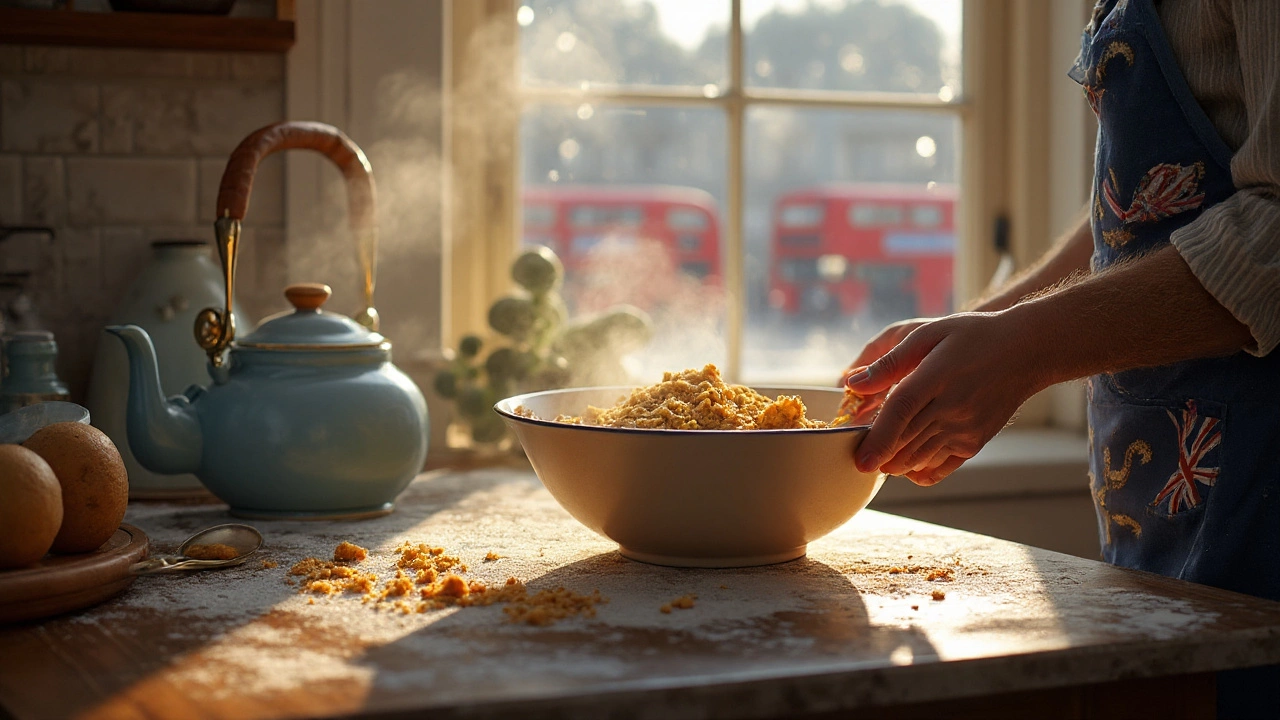
Why Chill Cookie Dough Overnight? Science, Texture & Flavor Explained
Discover how overnight chilling transforms cookie dough, boosting flavor, texture, and spread control. Learn the science, step‑by‑step tips, and FAQs for perfect cookies.
Want to turn a plain sugar cookie into a crowd‑pleaser? Developing a new cookie flavor isn’t magic—it’s a process you can master with the right approach. Below you’ll find easy‑to‑follow steps that keep the experiment fun and the results tasty.
The dough you begin with sets the stage for any flavor you add. Choose a recipe you trust—whether it’s buttery shortbread, chewy chocolate chip, or soft oatmeal. Keep the base simple so the new ingredients shine. If the base is too sweet or too salty, your added flavors can get lost.
When you’re ready, think about texture. A crisp biscuit works great with crunchy mix‑ins, while a soft, cakey dough can handle moist ingredients like fruit puree or caramel swirls.
Start by asking yourself what you love. Are you craving something fruity, nutty, or spicy? Write down a few ideas, then narrow them to two or three combos that complement each other. For example, lemon zest pairs well with poppy seeds, while espresso and dark chocolate create a rich, grown‑up bite.
Balance is the secret sauce. Sweet, salty, sour, and bitter each play a role. If you add a tart element like orange peel, consider a pinch of sea salt to heighten the flavor. A dash of vanilla or a spoonful of honey can smooth out sharp edges.
Don’t forget aromatics. A pinch of cinnamon, a splash of almond extract, or a sprinkle of toasted sesame adds depth without changing the texture too much.
Before you bake a full tray, mix a tiny batch—maybe a quarter of the recipe. This saves ingredients and lets you tweak quickly. Taste the dough; if it feels flat, add a bit more of your chosen flavor. Remember, some ingredients (like spices) become stronger after baking, so start light.
Make a note of everything: ingredient amounts, mixing time, oven temperature, and bake time. A simple spreadsheet helps you compare results later.
After the test batch comes out, evaluate texture, flavor intensity, and overall appeal. Does the cookie spread too much? Adjust flour or butter. Is the flavor too subtle? Increase the amount of the key ingredient or add a complementary one.
Use sensory cues: look, smell, bite, and listen to feedback. If friends say the cookie is too sweet, cut back on sugar or add a pinch of salt. If the crumb is dry, try a splash of milk or a bit more butter.
When you hit the sweet spot, write down the final recipe precisely. Include any special steps—like chilling the dough or folding in mix‑ins gently. This documentation makes it easy to reproduce the cookie later or share it with others.
Finally, think about presentation. A dusting of powdered sugar, a drizzle of glaze, or a sprinkle of toasted nuts can make a good cookie look great. Small visual touches often encourage a second bite.
Cookie flavor development is a blend of creativity and careful testing. By starting with a reliable base, choosing balanced flavor combos, and iterating in small batches, you’ll soon have a line‑up of cookies that surprise and satisfy. Grab your mixing bowl and start experimenting—your next bestseller could be just a pinch away.

Discover how overnight chilling transforms cookie dough, boosting flavor, texture, and spread control. Learn the science, step‑by‑step tips, and FAQs for perfect cookies.